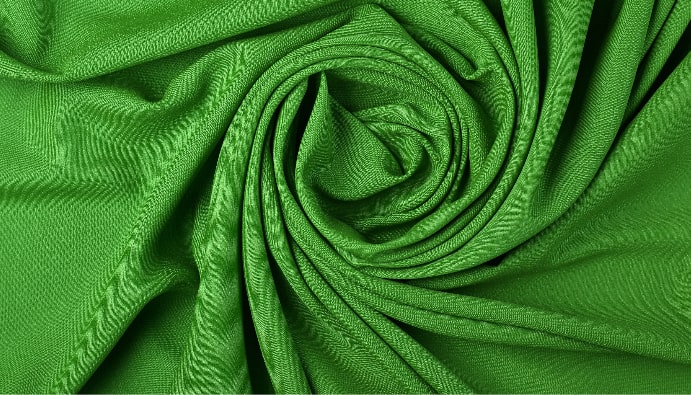GB/T 18885: Technical specification for ecological textiles
Specifications for Ecological Textiles under China

Scope of GB/T 18885 Standard
The GB / T 18885 standard covers terms and definitions, product classification, requirements, test methods, sampling and evaluation rules for ecological textiles. This standard applies to all types of textiles and accessories.
Within the scope of the standard, products are divided into four categories.
- Infant and young child products: Products for infants and young children 36 months and younger.
- Products in direct contact with the skin: Products that come into direct contact with human skin in most areas when worn or used (shirts, underwear, towels, sheets, etc.).
- Products that do not come into direct contact with the skin: Products that do not come into direct contact with the skin or a small part of which comes into direct contact with human skin when worn or used (outerwear, etc.).
- Decorative materials: Products used for decoration (tablecloths, wall coverings, curtains, carpets, etc.).
For the four categories listed, the following tests are performed within the scope of GB/T 18885 standard:
- pH Test
- Formaldehyde Determination
- Arsenic Determination
- Determination of Extractable Heavy Metals
- Chron VI Determination
- Nickel Determination
- Pentachlorophenol (PCP) Determination
- Determination of Phenol Compounds
- o-Phenylphenol (OPP) Determination
- Determination of Chlorobenzene and Chlorinated Toluene
- Determination of Phthalates (DINP, DNOP, DEHP, DIDP, BBP, DBP)
- Determination of Organic Tin Compounds (Tributyltin (TBT), Dibutyltin (DBT), Triphenyltin (TPT))
- Determination of Dyes (Decomposable aromatic amine dyes, carcinogenic dyes, allergenic dyes, other dyes)
- Antibacteriality
- Flame retardant determination
- Color Fastness
- Determination of Volatile Substances
- Odor Determination
- Asbestos Fiber
Objectives of GB/T 18885 Standard
- Consumer SafetyIt is aimed that textile products do not contain harmful chemicals and do not cause allergic reactions or irritation when in contact with the skin.
- Environmentally Friendly ProductionReducing environmental pollution in production processes and efficient use of natural resources are encouraged.
- Sustainable Textile Industry Theimplementation of the standard contributes to the production of environmentally friendly and health-friendly products in the textile industry.
- International CompetitivenessThis standard supports textile products to be more competitive in international markets, because global consumers are turning towards environmentally friendly and healthy products.
Nanolab Laboratories Group continues to provide services within the scope of Consumer Analyzes. We also provide services in Textile Analysis.
Contact us for more information.
You can follow us on LinkedIn for up-to-date news and shares about our services.
Follow our Instagram account to be informed about our latest blog posts.

